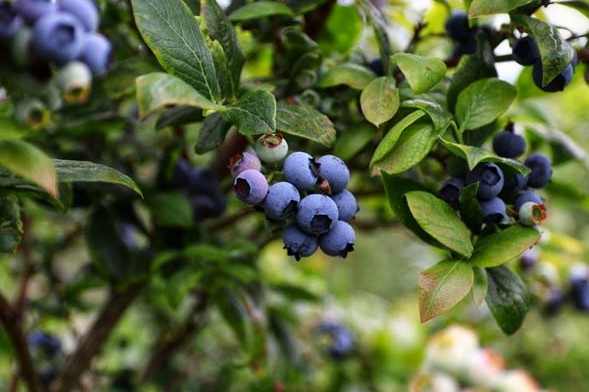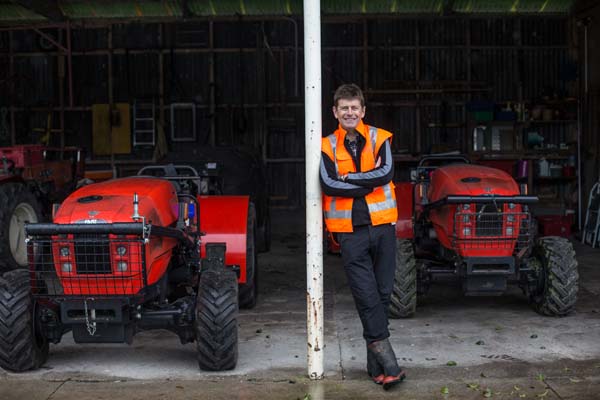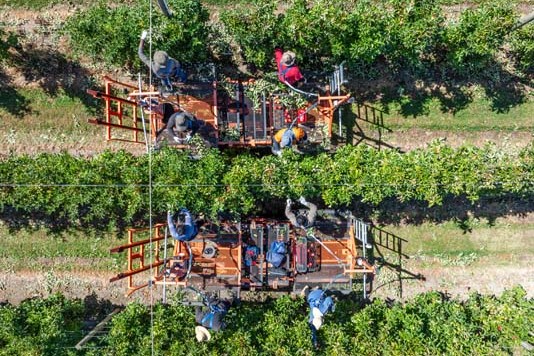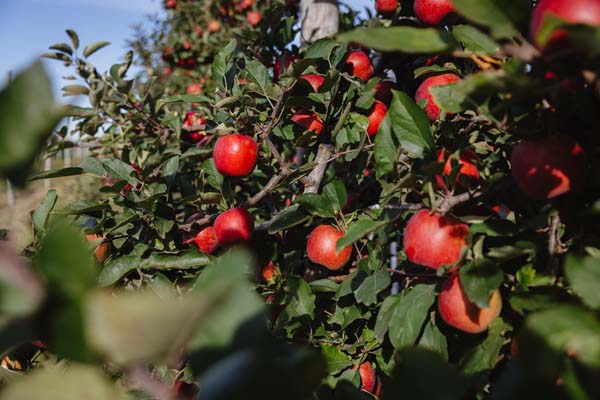Doing the right thing
A two-day agricultural greenhouse gas (GHG) conference held in Wellington just days after Cyclone Gabrielle started out with the grim facts on climate change, but ended with a level of optimism and energy for finding solutions and doing the right thing. Anne Lee reports.

 There was no debate about the need for swift and significant methane reductions at this year’s New Zealand Agricultural Greenhouse Gas Research Centre (NZAGRC) conference.
There was no debate about the need for swift and significant methane reductions at this year’s New Zealand Agricultural Greenhouse Gas Research Centre (NZAGRC) conference.
Scientists pulled out what is now heavily peer-reviewed and detailed analysis on the earth’s warming atmosphere and climate change officials unapologetically reiterated the obligations the country has signed up to.
Policy makers, and those who have their ear, left no one in doubt about the likely regulations, requirements and direction agriculture would be steered in.
Studies and research funding is being directed into projects that explore new options.
As an example, the conference heard from Richard McDowell on the Our Land and Water Growing for Good project which has been exploring growing a healthy low GHG, high water quality footprint diet in NZ, what would be needed in terms of land use change and the financial implications. For dairy the scenarios explored would mean a 10% reduction in area if the focus was GHG reduction and a 15% reduction if the focus was on fresh water.
The Future Farm System project also looks at how farm management, systems and land use changes can be worked through by farmers. (Dairy Exporter February 2023, page 37) While it’s accepted methane has a shorter warming impact than other GHGs, its greater potency over that shorter term means it’s being seen as an effective lever to address the urgency of bringing down near-term warming. Globally methane contributes 30% to all GHG emissions.
Agriculture makes up 30% of that with 50% coming from fossil fuels and the remainder from waste from human activities. The Paris Agreement, which NZ has signed up to, asks countries to do all they can to limit GHGs so global warming is kept under 2C with the target 1.5C.
Under that agreement NZ has committed to reducing net emissions by 50% below gross 2005 levels by 2030. IPCC working group III vice chair Andy Reisinger warned that limiting global warming to 1.5C is no longer possible if all we do is meet our commitments under the Paris Agreement.
“We could say limiting it to 1.5C was too ambitious, let’s go for 2C – sorry coral reefs.
“Limiting to 2C is feasible if we (the world) stick to current commitments till 2030 but after that we must rapidly decrease emissions.”
That would mean instead of aiming for 60% of 2019 emissions by 2035 the world would only be able to emit 30% of 2019 levels. At best case, climate models predict sea level rise of 1-3 metres by 2300 and more than 4m at worst.
“The change in extremes is disproportionately accelerating. Fifty-year heatwaves are five times more likely now than they were at the beginning of the century.”
But, he says, the world has been taking notice – policy has improved and the costs of technologies such as solar, wind and battery storage have dropped.
Eighteen countries have achieved sustained reductions in GHG emissions while continuing to achieve economic growth.
In giving his personal opinion after presenting a report on the activities of the Climate Change Commission its chair Rodd Carr also said he was cautiously optimistic.
The uptake of low-emitting vehicles in NZ had exceeded expectations and two terrawatts of renewable energy generation was due to come on line in 2024. But he clearly does not favour the He Waka Eke Noa plan for managing agriculture emissions and leaving the sector out of the Emissions Trading Scheme (ETS).
“It’s extraordinary to me, as someone who has spent most of my academic career studying economics …, that we have found ourselves in a situation where levy organisations have voted for a levy-like tax, a bureaucratic administered, good behaviour grant system to deal with the challenge the sector faces.”
 Off-shore regulators, foreign consumers and low-emission alternative production systems for meat and milk will shape the NZ industry, he says.
Off-shore regulators, foreign consumers and low-emission alternative production systems for meat and milk will shape the NZ industry, he says.
“We have left a sharp tool in the box by not allowing price to reward low-emitting farming practices and lower-emitting land uses.”
He fears there is reticence in the farming community to change that’s akin to 1978, just before subsidy removals but thinks the dam will burst on mitigation strategies.
“The world needs to feed itself. It doesn’t need to feed itself with current farming practices and technologies.”
The food chain
Food sector representatives also showed their expectations for GHG reductions from the farming sector were, if anything, bigger and faster than the regulators want to see.
Nestle for example aims to halve its GHG emissions by 2030 and like other major brands are aiming for net zero by 2050.
Fonterra’s general manager of global climate policy Andrew Kempson says consumers are increasingly reaching for brands whose values align with their own.
This conscious consumer isn’t just in the developed world. He cited a 2020 survey that found 65% of Indonesian consumers changed their diet in the previous two years in order to lead more environmentally friendly lifestyles. In the United States it was 52%, Japan 42%, China 45% and Germany 41%.
“Even where you may not have a consumer acting in a conscious manner there will be someone in the supply chain who thought – what is this product? How has it been produced? How is it getting to market?”
With the NZ milk supply flattening off or declining Fonterra’s strategy is about lifting value.
“How can we change the form and functionality of our dairy nutrition so that it accesses more, high-quality markets with more, high-quality customers and be a leader in sustainability?
“There’s no way you can have a strategic posture of being a leader in sustainability without having a world-leading climate approach.
“That’s the conversation we’re having with our farmers now.”
Andrew says having deep collaborations on sustainability challenges across the value chain from farmers to its customers as well as carrying out research and development was part of accessing those markets and being a sustainability leader.
Being able to embed a bold sustainability into the brand and tell that story well was another part.
He’s not concerned by the challenges this all brings.
“I’m excited by it.”
Rabobank head of sustainable business development Lachlan Monsbourgh says banks are stillin the carrot stage when it comes to sustainability, offering better terms if sustainability requirements are met.
He doesn’t want to speculate on when it might become a stick stage. The industry-led, United Nations-convened Net-Zero Banking Alliance recognises the role banks play in supporting the shift of the real economy to net-zero emissions.
All of the big four Australia and NZ banks are signatories. The top 10 fast moving consumer goods (FMCG) companies have transitioned from generic food producers to being focused on brands.
Brands come with intrinsic value that relate to their image and part of that value is their impact on the environment.
Environmental performance has become their new marketing and alongside that the bar for their farmer suppliers has risen.
Mitigations in the pipeline
Asparagopsis seaweed
Proven that it can give 90% methane reduction in total milk ration diet. Some research showing 50% reduction with twice-a-day feeding of formulation.
CH4 Global pursuing formulation options to give slow release and potentially 90% reductions.
No animal health or food safety issues found.
Development of EcoPark land-based aquaculture facility to grow and manufacture the supplement underway in Southland. There’s already a facility in Northland.
Most of the product will go to Australia beef feedlots initially.
Aggressive global plans for 10 million cattle by 2025/26 and 150m by 2030.
Progressing once-a-day solution for dairy – scaleable. Aim is to reach nearly 80% of lactating herd by 2035.
Other companies also pursuing Asparagopsis as mitigation product. One formulation using an oil extraction process has noted elevated, but well below health concern, levels of bromaform in milk but further studies pending.
Bovaer – 3NOP
Dutch company DSM product proven to reduce methane emissions by 30% in cows fed TMR diets.
University of Otago and AgResearch work making good progress with the slow-release system for New Zealand.
Large trials underway.
Kowbucha
A Fonterra probiotic development.
Isolated probiotic bacteria strains reducing methane production found and researchers are isolating more. Tests on animals fed probiotic as calves still showing 20% methane reduction at 12 months old.
Aiming for greater than 20% reduction in other strains.
Will be an affordable solution.
Breeding for low emitting animals
Joint project by LIC and CRV.
Have variability and heritability.
Work has been done on bulls,now checking daughters carry the traits on.
Will have developed a methane emission BV best case by 2025. Hopeful for 10-20% methane reduction but likely will be 2050 not 2030.
ClearTech and EcoPond
Ravensdown effluent technology developed with Lincoln University.
Also cuts methane emissions from effluent ponds by 90%.
Effluent makes up about 7% of dairy farm total emissions.
Commercially available now. Adoption nationally would cut NZ dairy farm methane emissions by 7.2%.





